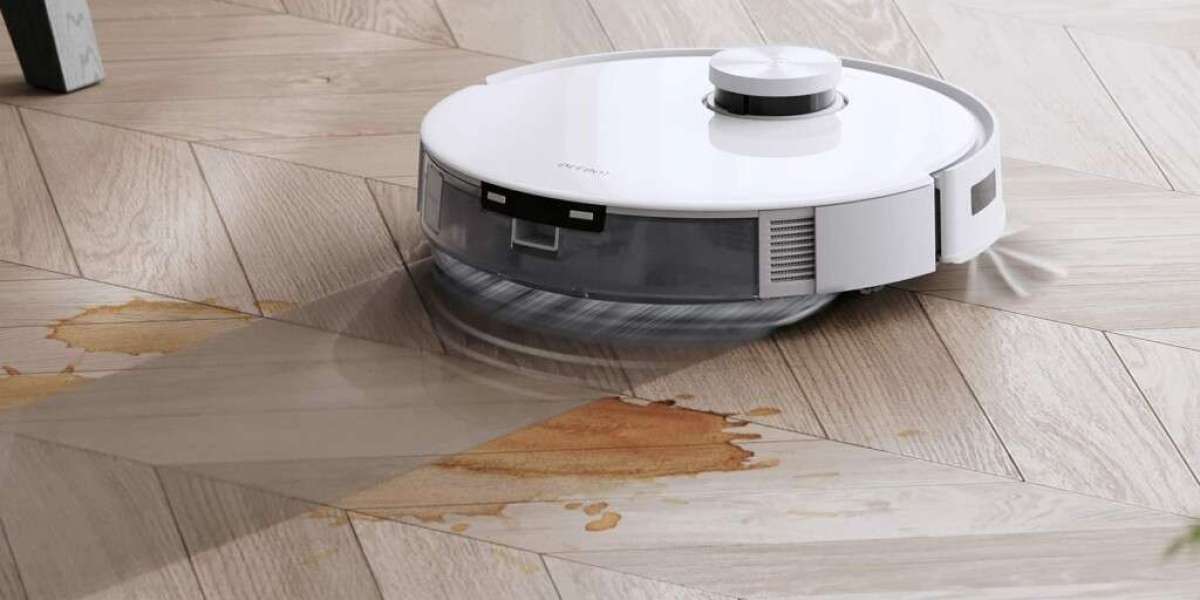The global cleaning robot market has experienced a remarkable boom in recent years, driven by rising consumer demand for automation, rapid urbanization, and the growing integration of smart home technologies. However, despite impressive growth, the industry faces several significant threats that could hamper its progress. From stiff competition and high manufacturing costs to cybersecurity risks and regulatory challenges, these threats could potentially impact market stability and long-term profitability.
1. Intensifying Market Competition
One of the most critical threats facing the cleaning robot market is the rapidly intensifying competition. Numerous tech giants and startups are entering the arena, each offering innovative solutions at competitive prices. Companies like iRobot, Ecovacs, Xiaomi, and Roborock are fiercely battling for market dominance, frequently launching new models with advanced features like AI-based navigation, self-emptying bins, and voice assistant integration. As the market becomes increasingly saturated, price wars may reduce profit margins and diminish brand differentiation.
2. High Development and Manufacturing Costs
Developing cleaning robots involves substantial R&D investment, especially when integrating technologies like artificial intelligence, LiDAR navigation, or advanced obstacle detection. Additionally, rising costs of semiconductor components, batteries, and sensors contribute to higher production expenses. For startups and smaller companies, these costs can be particularly burdensome, making it difficult to compete with established players with deeper pockets. This could potentially stifle innovation from emerging firms and limit market diversity.
3. Cybersecurity and Privacy Concerns
As cleaning robots become more connected through the Internet of Things (IoT), concerns around cybersecurity and data privacy are growing. Many robotic vacuum cleaners now include cameras, microphones, and Wi-Fi connectivity. This creates potential vulnerabilities for hackers to exploit, posing risks not only to consumer data but also to physical safety. A single security breach can significantly damage brand trust and result in legal consequences, particularly in regions with strict data protection laws such as the EU’s GDPR.
4. Regulatory and Safety Compliance
The cleaning robot industry must navigate an increasingly complex regulatory environment. Different countries impose varied standards for product safety, emissions, electromagnetic compatibility, and wireless communication protocols. Compliance with these regulations requires extensive testing, certification, and documentation, which adds to operational costs. Furthermore, failure to meet these requirements could result in recalls, penalties, or bans from key markets. For instance, improper battery management or overheating risks could lead to product recalls that damage brand reputation.
5. Technological Obsolescence and Short Product Cycles
Technology evolves rapidly, and cleaning robot companies must continually innovate to keep up with consumer expectations. However, this fast pace also shortens product life cycles, compelling companies to release new models frequently. Consumers may begin to delay purchases, anticipating better versions soon after. Meanwhile, manufacturers struggle to recoup R&D investments before the technology becomes outdated. This cycle contributes to overproduction, waste, and unsold inventory, creating logistical and financial challenges.
6. Economic Uncertainty and Inflation Pressures
Global economic volatility, inflation, and rising interest rates are creating additional headwinds for the cleaning robot market. Consumers facing financial strain may delay or forgo non-essential purchases like robotic vacuum cleaners, especially premium models. Additionally, fluctuations in raw material prices and supply chain disruptions caused by geopolitical events or pandemics can affect production timelines and product availability, reducing customer satisfaction and brand loyalty.
7. Limited Adoption in Developing Economies
While cleaning robots are gaining popularity in North America, Europe, and parts of Asia, their penetration in developing economies remains limited. High upfront costs, lack of awareness, and cultural resistance to robotic assistance in household chores slow down adoption rates. Moreover, homes in many regions may not be robot-friendly due to uneven flooring or furniture arrangements, making such devices less effective or desirable.
Conclusion
Despite being at the forefront of smart home innovation, the cleaning robot market is not immune to threats that could derail its trajectory. Addressing these challenges will require strategic investments, robust cybersecurity frameworks, regulatory foresight, and a deeper understanding of consumer behavior. Companies that proactively manage these risks while delivering high-value, secure, and user-friendly solutions will be best positioned to thrive in this evolving landscape.








